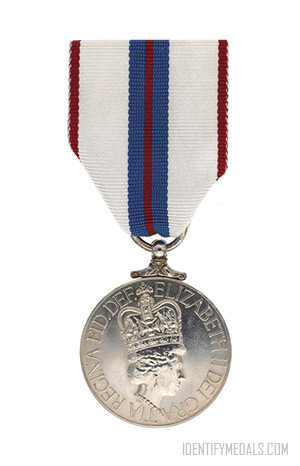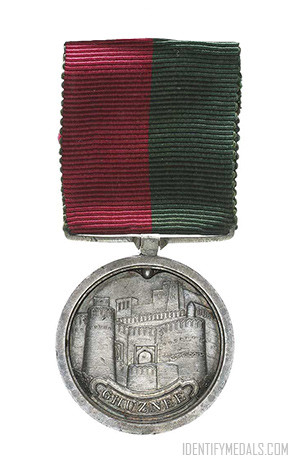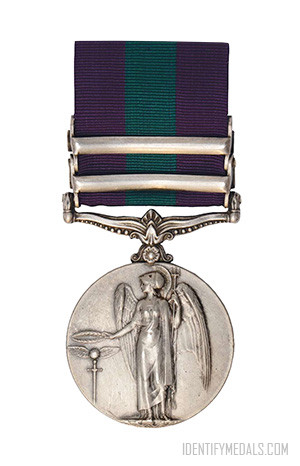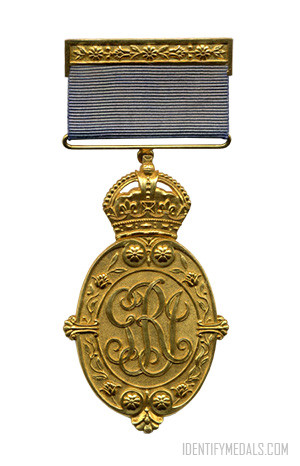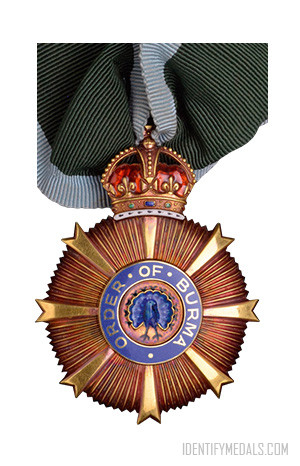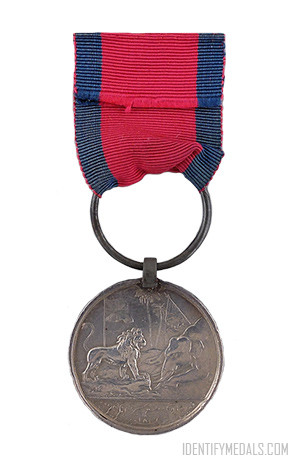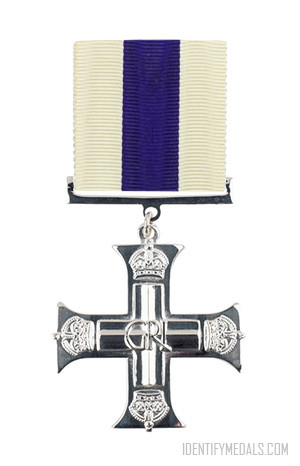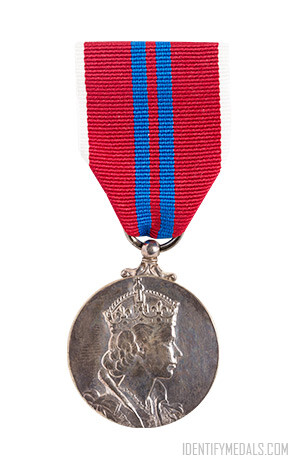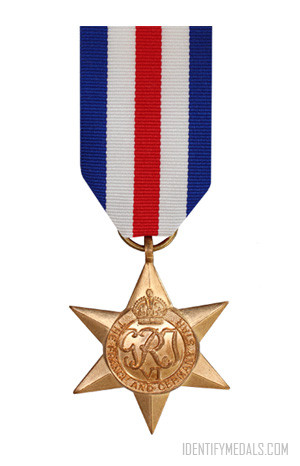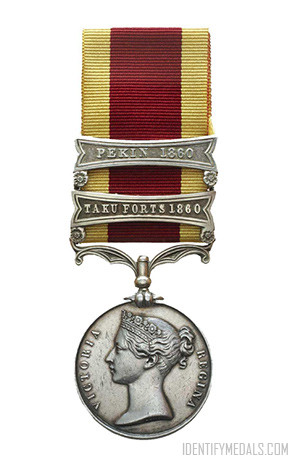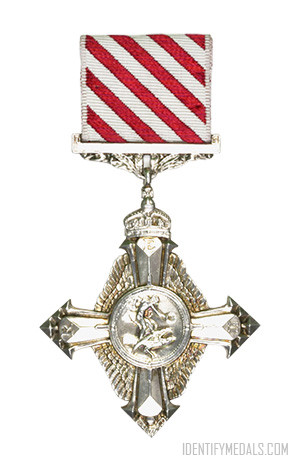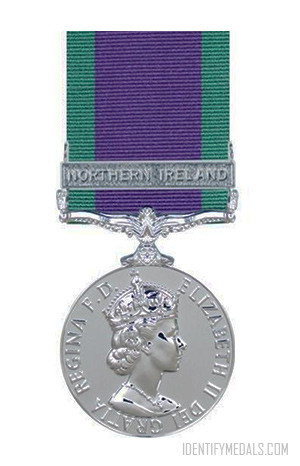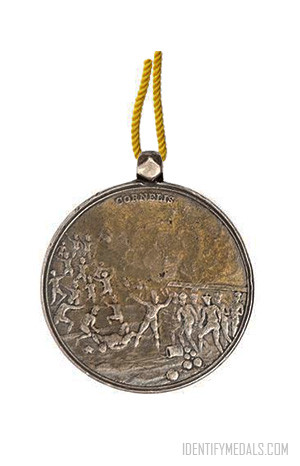- Time Period: Post-WW2
- Institution: 6 February 1977
- Country: United Kingdom & Commonwealth, Canada
The Queen Elizabeth II Silver Jubilee Medal (or Médaille du jubilé d’argent de la reine Elizabeth II in French) was created in 1977 to commemorate the 25th anniversary of Queen Elizabeth II’s accession in 1952.
The medal is identical across all realms where it was awarded, with the exception of Canada, which features unique elements. As an internationally distributed award, the Queen Elizabeth II Silver Jubilee Medal occupies a distinct position in each country’s order of precedence for honors.
The Queen Elizabeth II Silver Jubilee Medal was established by a Royal Warrant from the Queen.
Prior to 1977, the practice for coronation and jubilee medals involved the United Kingdom authorities deciding on the total number of medals to be produced and then allocating quantities to each Dominion and possession across the British Empire, and later, to each Commonwealth country. Starting in 1977, the distribution of the medals was at the discretion of each national government. Consequently, 30,000 medals were distributed in Britain, 1,507 in New Zealand, 6,870 in Australia, and 30,000 in Canada.
The Queen Elizabeth II Silver Jubilee Medal Design
The Queen Elizabeth II Silver Jubilee Medal in the UK was designed by David Wynne. It is a 32 millimeter (1.3 inch) diameter silver disc.
The obverse features the inscription “ELIZABETH II DEI GRA. REGINA FID. DEF.” (Latin for “Elizabeth II, by the Grace of God, Queen, Defender of the Faith”) surrounding an effigy of Queen Elizabeth II, symbolizing her role as the fount of honor. The reverse side displays a crown atop a wreath containing the words “THE 25th YEAR OF THE REIGN OF QUEEN ELIZABETH II 6 February 1977” arranged in six lines.

